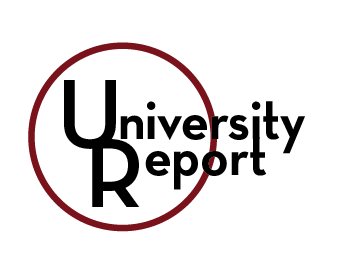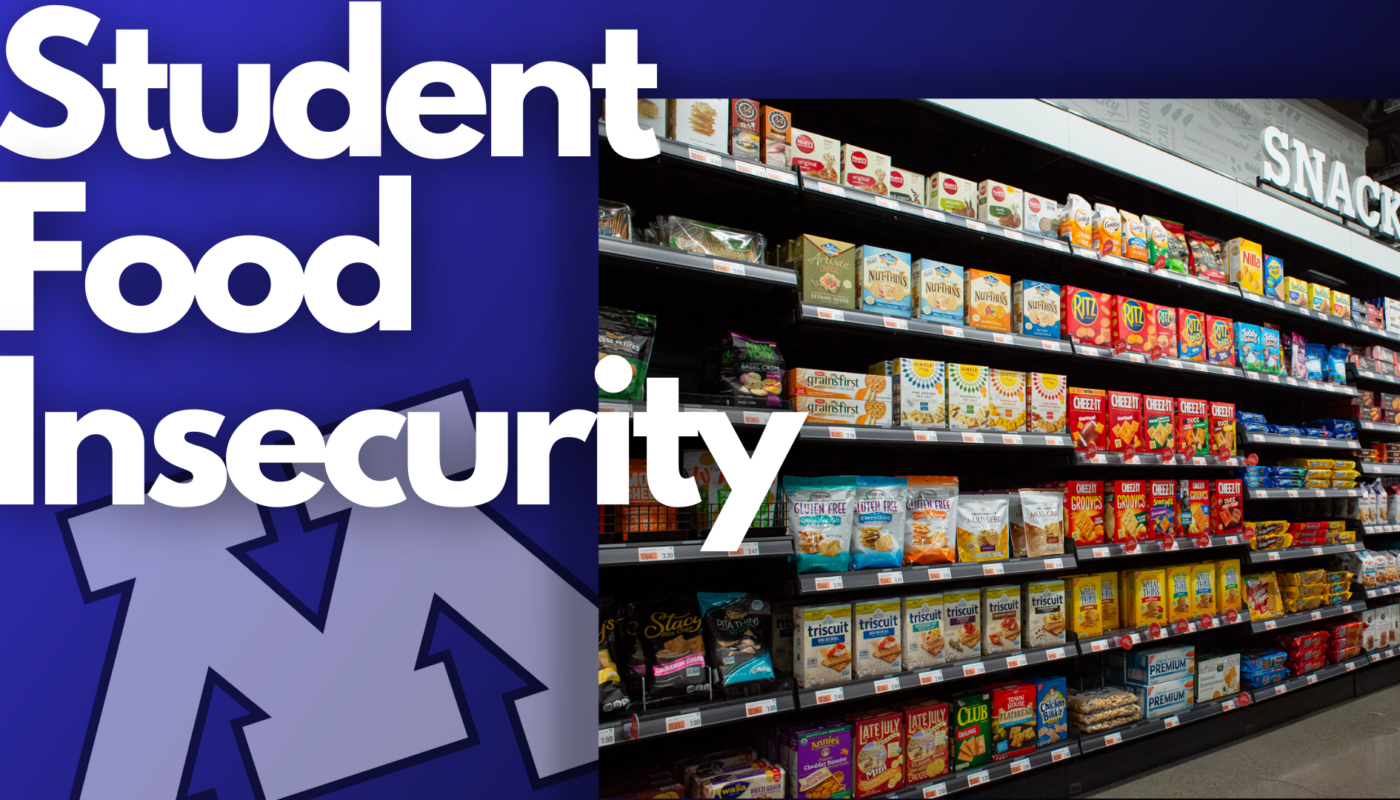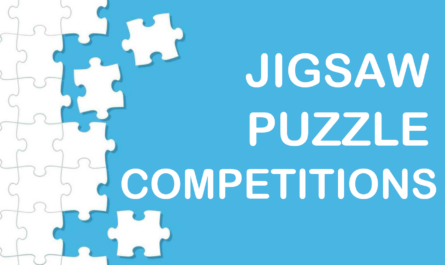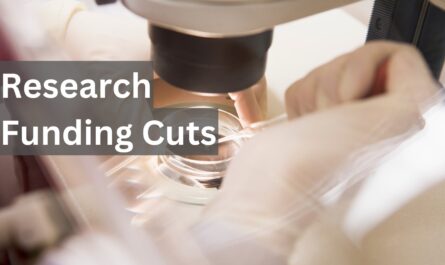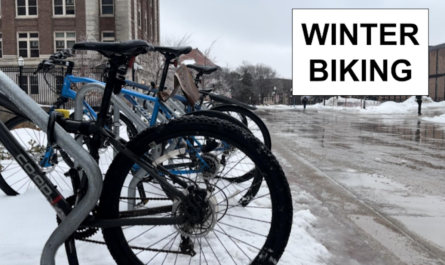About one in every three students has experienced food insecurity within the last year at the University of Minnesota. That means nearly 19,000 students have been uncertain about how they would afford to eat.
“You pray, hopefully, your next paycheck will carry you until you get paid again,” said Emma Faeflen a senior at the University.
Nicholas Parkhill echoed her, saying, “I definitely have skipped meals, not necessarily because I have to, but more less because I didn’t have anything.”
As well, Ella Moroz who graduates in just a few weeks added, “I’ve had to work a lot harder to be able to provide myself with food and to get well-balanced meals.”
All three of them share one familiar experience: becoming food insecure.
The Oxford dictionary defines food insecurity, as the condition of not having access to sufficient food, or food of an adequate quality, to meet one’s basic needs.
To meet those needs Faeflen said, “You have to do more hours at work. You have to sacrifice school and other things to work more.”
Sacrificing, a reality for many facing this issue. Moroz added, “I think the fact that it’s this difficult for people to provide themselves with something that they need to survive is a horrible statistic.”
A horrible statistic one that has only become worse as prices for almost everything this year has increased. Making those ends that were already hard to meet, even more challenging.
To overcome that challenge Parkhill cuts back, “I go to grocery store once a month and I only spend about sixty bucks because it is all I can spend.” He is not alone in that.
In 2023, the US Department of Agriculture has forecast an 8% rise in the price of groceries; combining that with a lack of grocery stores only adds to the food issues for students.
“The half of target doesn’t do anything. I can’t even get one week of groceries form that target it’s not sustainable it so expensive,” said Faeflen.
Because of those limited options and high prices it has resulted in an increasing number of students visiting the Boynton’s Nutritious U pantry. They told me, there has been nearly a tripling of visits this year compared to last, an average of 1,200 visits per month.
“Yes, we have the nutritious u pantry, but that is not enough,” said Faeflen. Parkhill adds, “The university, I feel like, does what every university does, food pantries.”
Faeflen and Parkhill believe that not enough is being done by the university to fight food insecurity. Faeflen said, “We keep putting bandaids on it. It’s like trying to put a bandaid on the flood. We all are going to drown. We need a good solution.”
A good solution, one that perhaps helps those 19,000 students that have encountered a time when they needed extra help.
“I also just think it serves as another way another number to really address just how big of an issue it is for college students to afford things like basic necessities such as food,” said Moroz.
Being able to afford those basic needs is no surprise to a college student, but Faeflen wants the university to step up and help out saying, “If we can make apples, why can’t we put a grocery store?”
If you or someone you know is looking for help finding resources for food, see the links below.
For the Boynton’s Nutritious U pantry, https://boynton.umn.edu/food-pantry and for a list of resources available to students click here, https://sphc.umn.edu/food-resources.
